By: Dr. Andréanne Dussault
The sunshine vitamin!
Are you getting enough vitamin D?
The warmer months are here, and it's a good time to discuss a vitamin that's been the subject of much discussion for some time now: vitamin D! This is rather ironic because vitamin D is actually neither a vitamin nor a nutrient, but rather a hormone produced primarily by your body through the action of the sun's UVB rays on your skin. One day, vitamin D seems like a cure-all, and the next, we're inundated with the possible dangers of overdose and the lack of scientific evidence. To date, our knowledge of this hormone has greatly evolved, but many questions still remain. This is a constantly evolving field. However, current recommendations are still far from the optimal dosage to meet the population's needs. Here's why.
Most of us live in northern latitudes and spend most of our time indoors away from the sun's rays. The main source of vitamin D, therefore, comes from food. But did you know that food provides only a negligible amount? This is one of the reasons why many of the products we consume are fortified with vitamin D. Personally, I prefer to get as much of the nutrients necessary for good health as possible through my diet. However, it is difficult to obtain sufficient intake of vitamin D since there are few food sources. Here are the main sources:
Main sources of vitamin D (1)
* 3 1/2 oz (100g) grilled or poached salmon 600 to 1000 IU
* 3 1/2 oz (100g) bluefin tuna 920 iu
* 3 1/2 oz (100g) raw or cooked oysters 320 to 800 IU
* 1/4 cup canned red Sockeye salmon 480 iu
* 3 1/2 oz (100g) smoked salmon 400 iu
* 3 1/2 oz (100g) cooked shrimp 200 iu
* 1/4 cup light tuna 130 iu
* 4 large egg yolks 120 IU
* 1 cup (250ml) cow's milk 120 IU
* 1 cup (250ml) orange juice fortified with calcium 90 IU
* 1 cup (250ml) of soy beverage 80 IU
* 10 ml of margarine 60 IU
* 3/4 cup (175ml) yogurt 60 IU
* 1 1/2 oz (50 g) Swiss cheese 40 iu
Source: Health Canada. Canadian Nutrient File, 2007
As we know, vitamin D deficiency affects the vast majority of the population. In fact, the blood vitamin D levels of 93% of young Quebecers do not reach the minimum health requirement. (2) Even among young American athletes who practice part of their sports outdoors, 33.6% do not have sufficient vitamin D levels. (3)
For those who are not afraid of sun exposure, the Vitamin D Council (4) recommends exposing as much skin as possible to the sun for the time it takes for your skin (which varies from person to person) to redden (without actually turning red) and especially without causing a burn since this can cause irreversible deep cellular damage. This exposure produces the equivalent of 10,000 to 25,000 international units of vitamin D.
For its part, the Ministry of Health and Human Services recommends daily sun exposure of the hands, arms and face for 5 to 15 minutes in order to obtain an adequate dose of vitamin D.
Moderate exposure to the sun is essential for good health. As mentioned above, the sun's ultraviolet rays activate the synthesis of vitamin D in the skin. This vitamin plays an extremely important role in the body, and more and more studies are reporting benefits we hadn't previously suspected. It could have a major impact on preventing several cancers (colon, prostate, breast, ovarian), high blood pressure, cardiovascular disease, diabetes, depression, fibromyalgia, chronic pain, bone loss, autoimmune diseases such as multiple sclerosis, and Alzheimer's disease.
Since 2010, Health Canada has recommended that everyone should have an intake of 600 IU per day until the age of 70, when this intake increases to 800 IU.
For its part, the Canadian Cancer Society recommends consuming 1000 IU of vitamin D per day for the prevention of certain cancers.
Recent studies on vitamin D by pioneer Dr. Michael Holick, professor of medicine, physiology, and dermatology at Boston University School of Medicine, recommend an intake of up to 2,000 IU per day, or enough to maintain blood levels between 75 and 125 nmol/L. This may seem high, but it is still safe.
Leading vitamin D experts, who have joined forces in an association (https://www.grassrootshealth.net/) to demand an increase in vitamin D intake, suggest recommending a daily intake of 2000 to 4000 IU.
Then, the Endocrine Society recommends that EVERYONE take 1500 to 2000 IU of vitamin D daily.
So, the real question now: How much vitamin D do we need for optimal health? How much do we need to reap the benefits of preventing the diseases mentioned above? The answer is: much more than you think!
Talk to your doctor about taking at least 1000 international units daily during the fall and winter months, as recommended by the Canadian Cancer Society. I personally recommend the Endocrine Society's recommendations of 1500 to 2000 IU. For supplements, look for the biologically active form of vitamin D, vitamin D3 (cholecalciferol).
To learn more, I recommend the links I have attached to this article.
Happy reading!
With affection,
Andréanne Dussault, MD (Doctor Love!)
1. https://alexcuisine.com/blogue/nutrition/2010/10/13/pour-vos-os-calcium-et-vitamine-d-au-menu/
2. Mark S, Gray-Donald K, Delvin EE, O'Loughlin J, Paradis G, Levy E, Lambert M. Low vitamin D status in a representative sample of youth from Quebec, Canada. Clin Chem. 2008 Aug;54(8):1283-9. doi: 10.1373/clinchem.2008.104158. PubMed PMID: 18556331. https://www.clinchem.org/content/54/8/1283.long
3. Villacis D, Yi A, Jahn R, Kephart CJ, Charlton T, Gamradt SC, Romano R, Tibone JE, Hatch III GFR. Prevalence of Abnormal Vitamin D Levels Among Division I NCAA Athletes. Sports Health: A Multidisciplinary Approach. July/August 2014 vol. 6 no. 4 340-347. https://sph.sagepub.com/content/6/4/340.abstract
4. https://www.vitamindcouncil.org/
5. https://www.jydionne.com/quelle-est-la-dose-ideale-de-vitamine-d/
6. https://www.jydionne.com/trop-de-vitamine-d-serait-dangereux/
7. https://www.jydionne.com/canadians-do-not-have-the-vitamin-d-blood-levels-necessary-to-be-healthy/

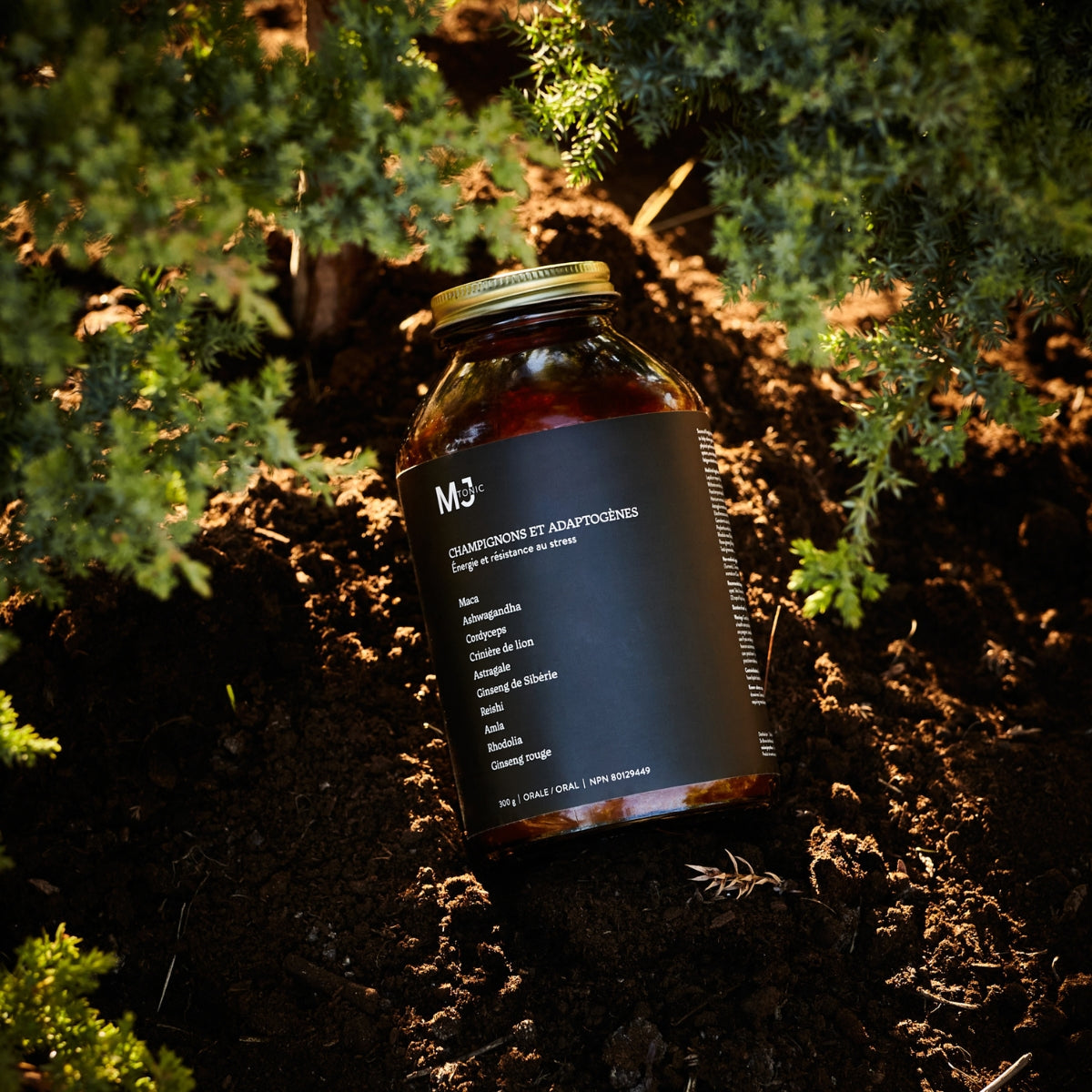




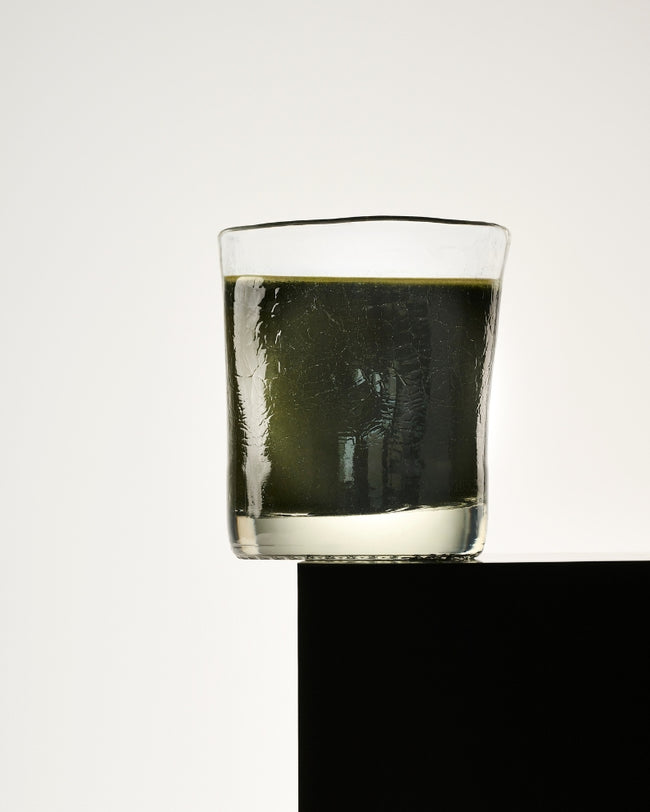





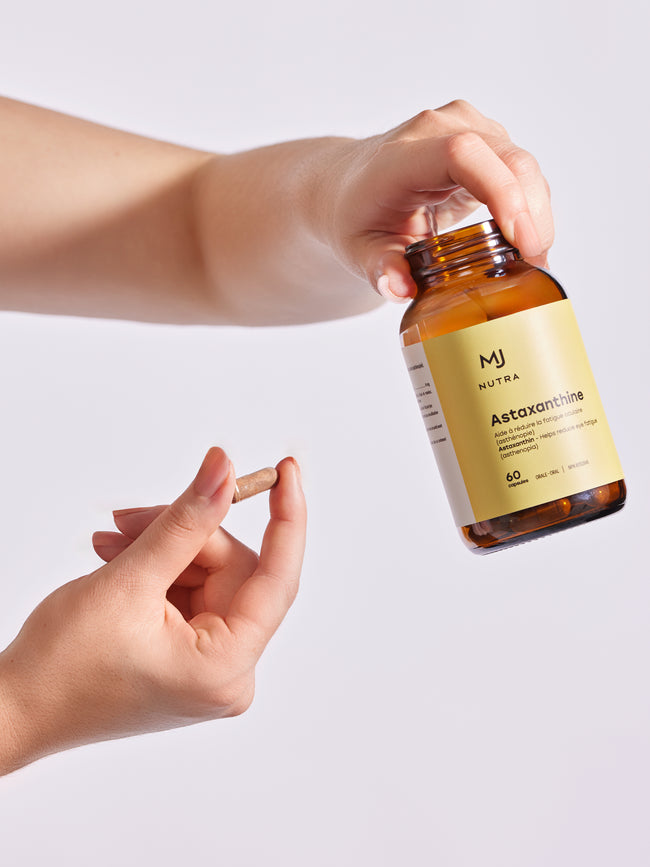











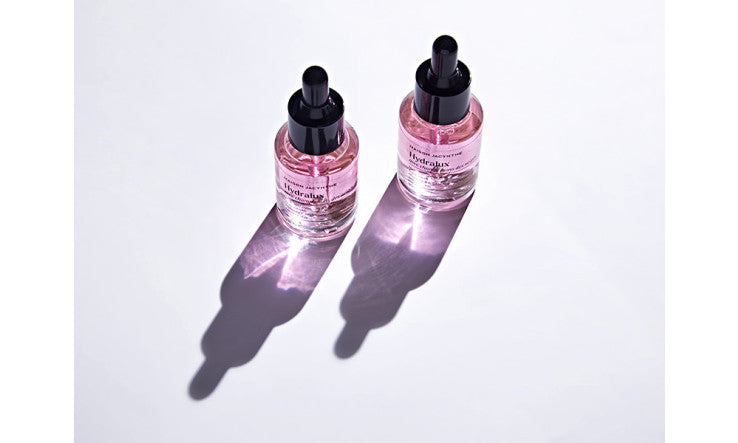






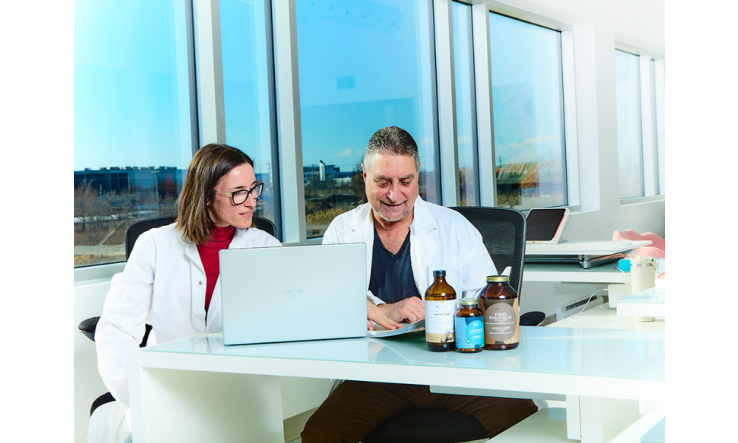




































Leave a comment